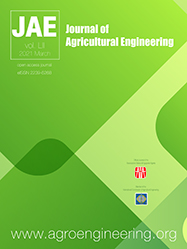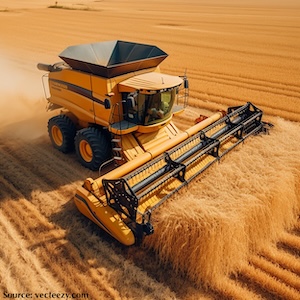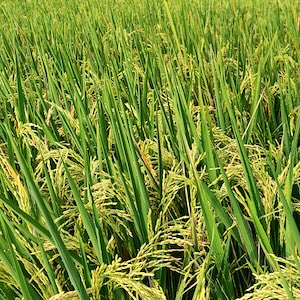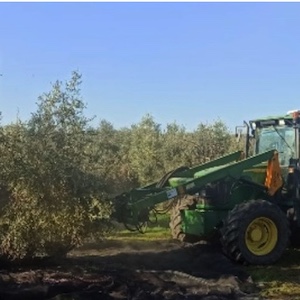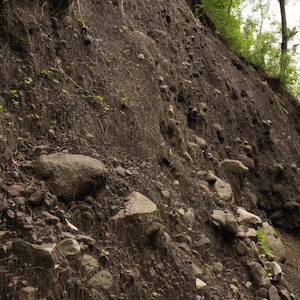Energy consumption evaluation of soil tillage operation using non-linear multibody tractor and plough models implemented in real-time simulator for different soils and speeds

All claims expressed in this article are solely those of the authors and do not necessarily represent those of their affiliated organizations, or those of the publisher, the editors and the reviewers. Any product that may be evaluated in this article or claim that may be made by its manufacturer is not guaranteed or endorsed by the publisher.
Authors
The integration of advanced technologies in agriculture, known as Agriculture 4.0, aims to optimize practices, enhance productivity, and improve sustainability. Despite significant advancements in precision agriculture, ploughing operations have seen limited technological growth, even though they are among the most power-demanding and widely used soil preparation methods. Traditional on-field ploughing tests are irreversible, time-consuming, and costly, highlighting the need for a comprehensive virtual model of ploughing operations within a simulated environment. This study presents the development of a high-fidelity analytical model for ploughing, implemented in a real-time multibody simulation platform, both in software and Human-In-The-Loop (Hu-IL) configurations. The simulation environment incorporates a tractor model rigidly connected to the plough model, receiving contact forces from the field model. The model outputs vehicle dynamics information and ploughing operation data, allowing for operator inputs or simulated inputs. The model is used to perform a sensitivity analysis on ploughing parameters, including tractor speed, soil hardness, ploughing depth, and the number of furrows, to evaluate their impact on energy consumption and operational efficiency. In literature each component (tractor, plough, soil, etc.) is generally analyzed separately form the other; this paper aims to combine all the key factors that contribute to overall fuel consumption instead, considering the non-linearities of each subsystem.
How to Cite

This work is licensed under a Creative Commons Attribution-NonCommercial 4.0 International License.

